Timekeeping is the process of recording employees’ clock-in and clock-out times, as well as overtime hours, to determine whether employees arrive to work on time or not. This task helps business owners or administrative departments such as human resources and accounting to track the number of days and hours worked by each employee. From there, it is possible to manage employees better and accurately support their salary calculations. There are various forms of timekeeping. Here are some common timekeeping methods nowadays.
- Fingerprint attendance:
– Advantages: Initial installation costs are relatively cheap and easy to use. Allows data extraction from the attendance machine.
– Disadvantages: Difficult to determine when fingerprints are blurred or scratched, incomplete and inaccurate work data which makes it difficult for managers.
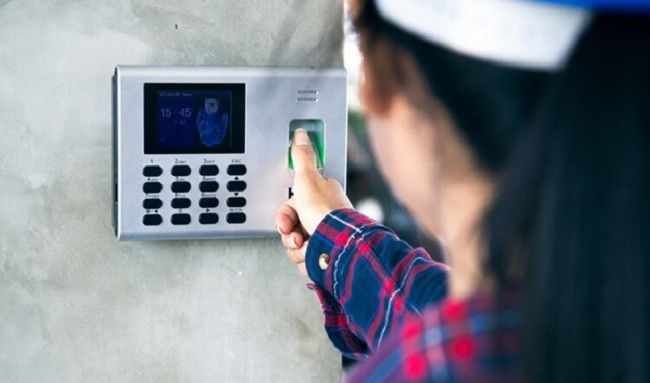
- Attendance using RFID cards:
– Advantages: The attendance process is relatively fast, taking only around 2 seconds per person, suitable for various types of businesses.
– Disadvantages: Additional costs for printing cards, possibility of having someone else clock in on behalf of others, and inability to clock in if the card is forgotten.
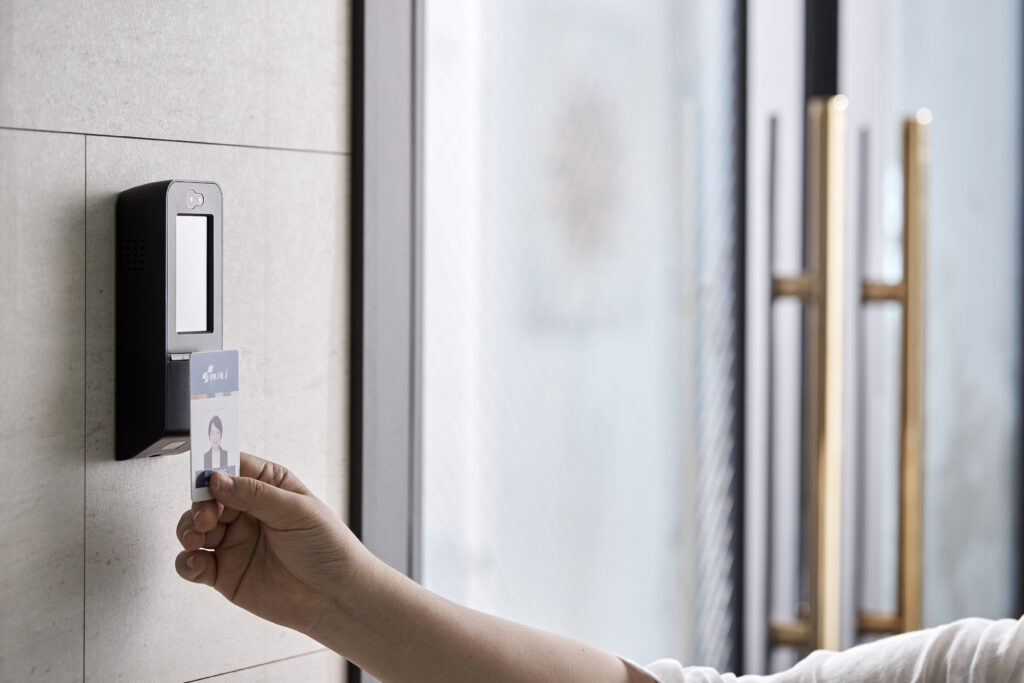
- Attendance using Face ID
– Advantage: high accuracy, resolves any issues such as forgetting cards or fingerprint marks.
– Disadvantage: expensive investment cost, slow processing speed.
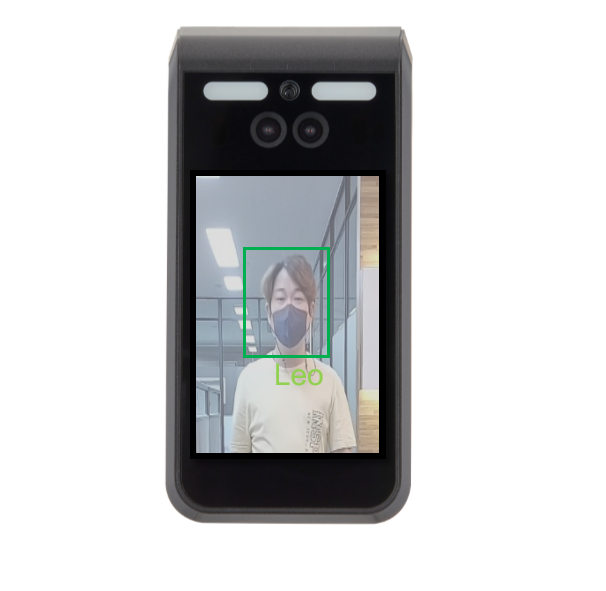
- Iris Recognition attendance system
– Advantages: The accuracy is very high, so there is no possibility of fraud.
– Disadvantages: The installation cost is high, so this form is not chosen by many companies and enterprises.
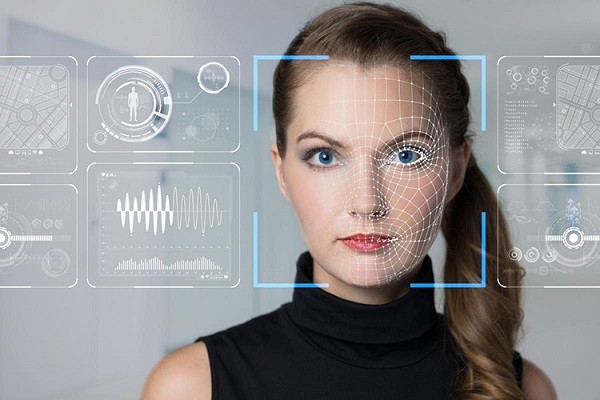
- Attendance tracking with online attendance software
– Advantages: The software is flexible for each business, allowing managers to effectively track employee attendance without spending too much time. It can be integrated for individuals with non-fixed work locations.
– Disadvantages: It can only be used when there is an internet connection.
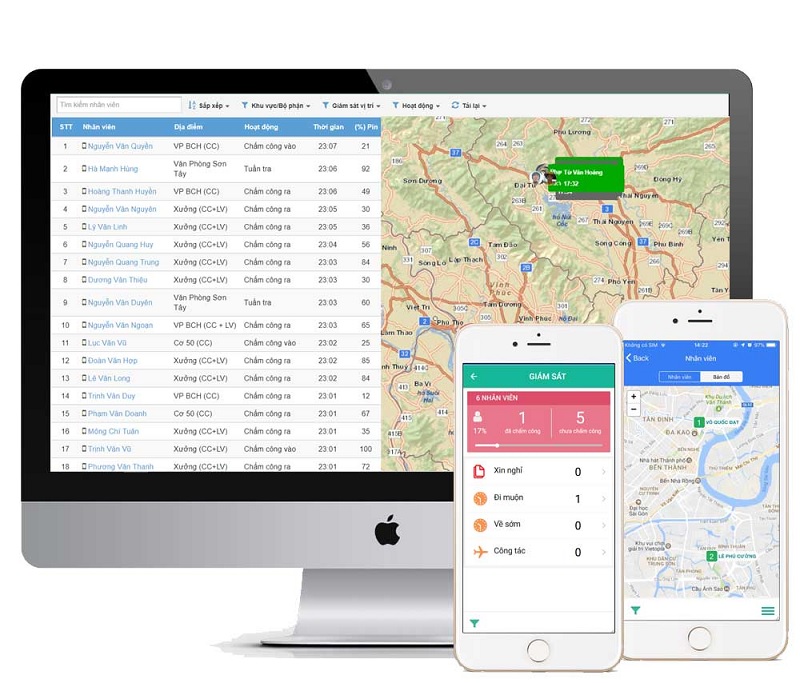
However, regardless of the form, the main purpose of all types of attendance machines is to make it easier for managers to manage personnel, avoid errors, and ensure objectivity for employees.